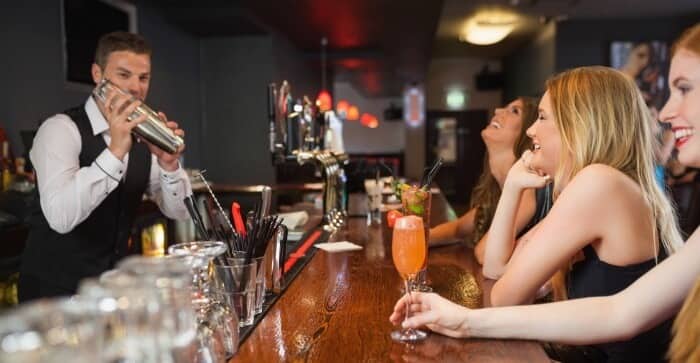What Will Restaurants Look Like Post COVID-19?
Arguably, the hospitality industry has perhaps been the hardest hit of sectors in the Australian economy. 22nd of March will be etched onto the memory of all café and restaurant owners, when Scott Morrison called for the closure the following day of pubs, clubs and restaurants. Having personally spoken to a number of operators, Monday 23rd March has become known as ‘Refund day’, going through the dismal task of contacting customers or taking calls to cancel deposits and bookings for functions and reservations.
Never Let a Crisis go to Waste
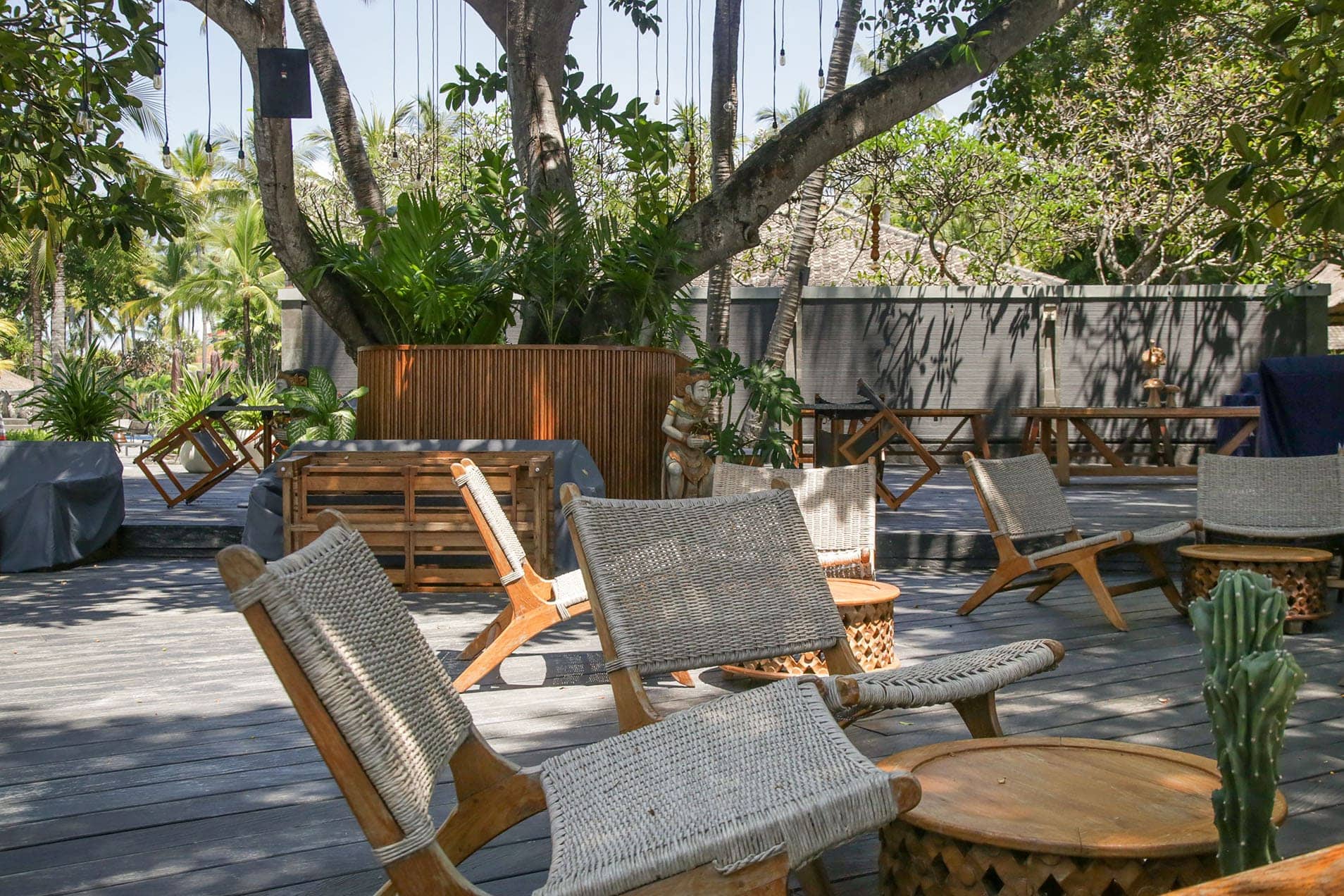
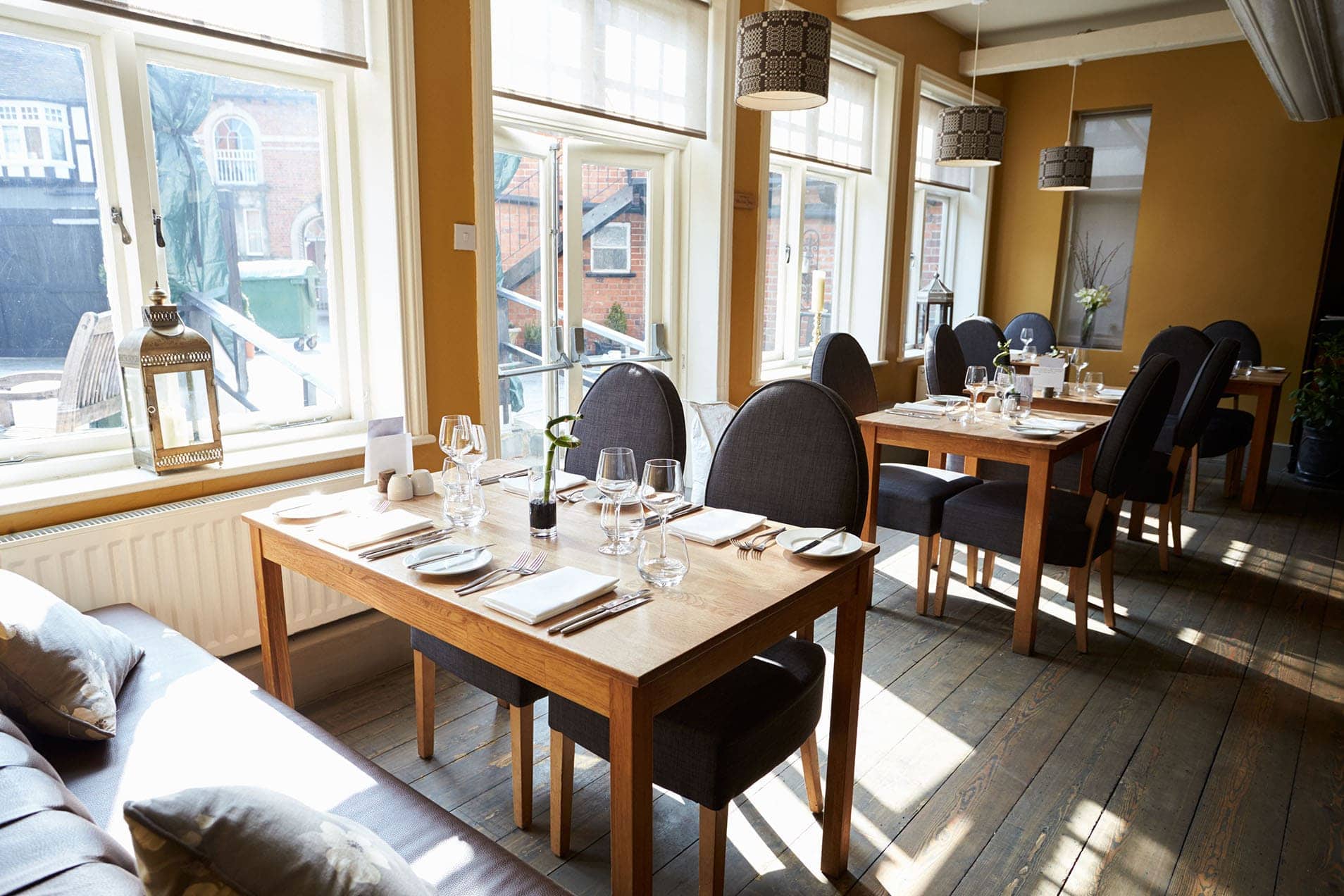
Limited Seating and Scattered Bookings

Food Safety vs Food Sustainability
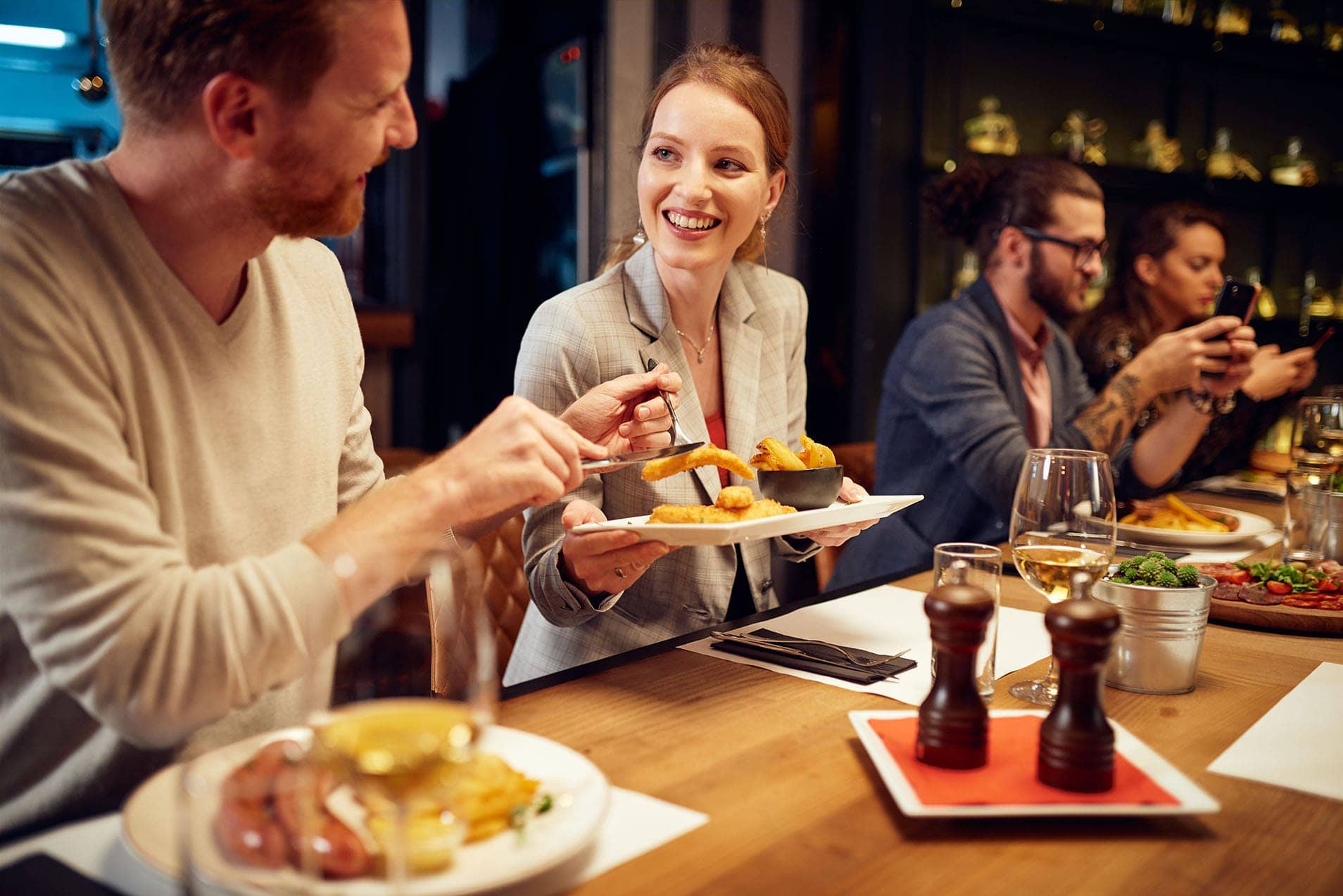
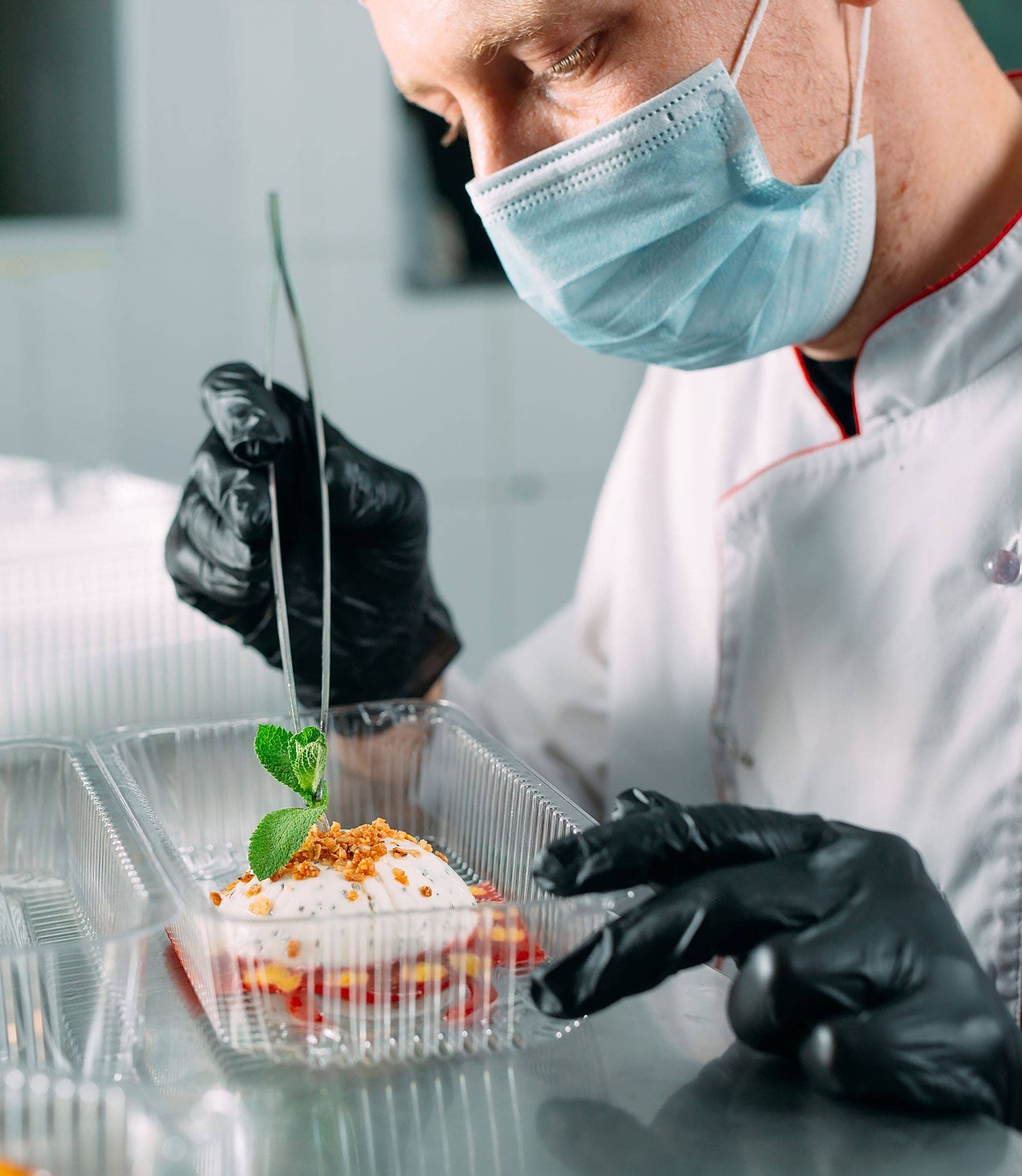
Cleanliness is Next to Godliness
However, the smart operators will go well beyond this to convince their patrons that dining in their restaurant is much safer than the one across the road. Making customers aware that staff have had extra levels of food hygiene and handling training, promoting suppliers who have systems in place that reduce human contact of goods to the restaurant, and introducing protocols to ensure the health of kitchen staff is assessed before the start of a shift.

Takeaway Is The New Norm
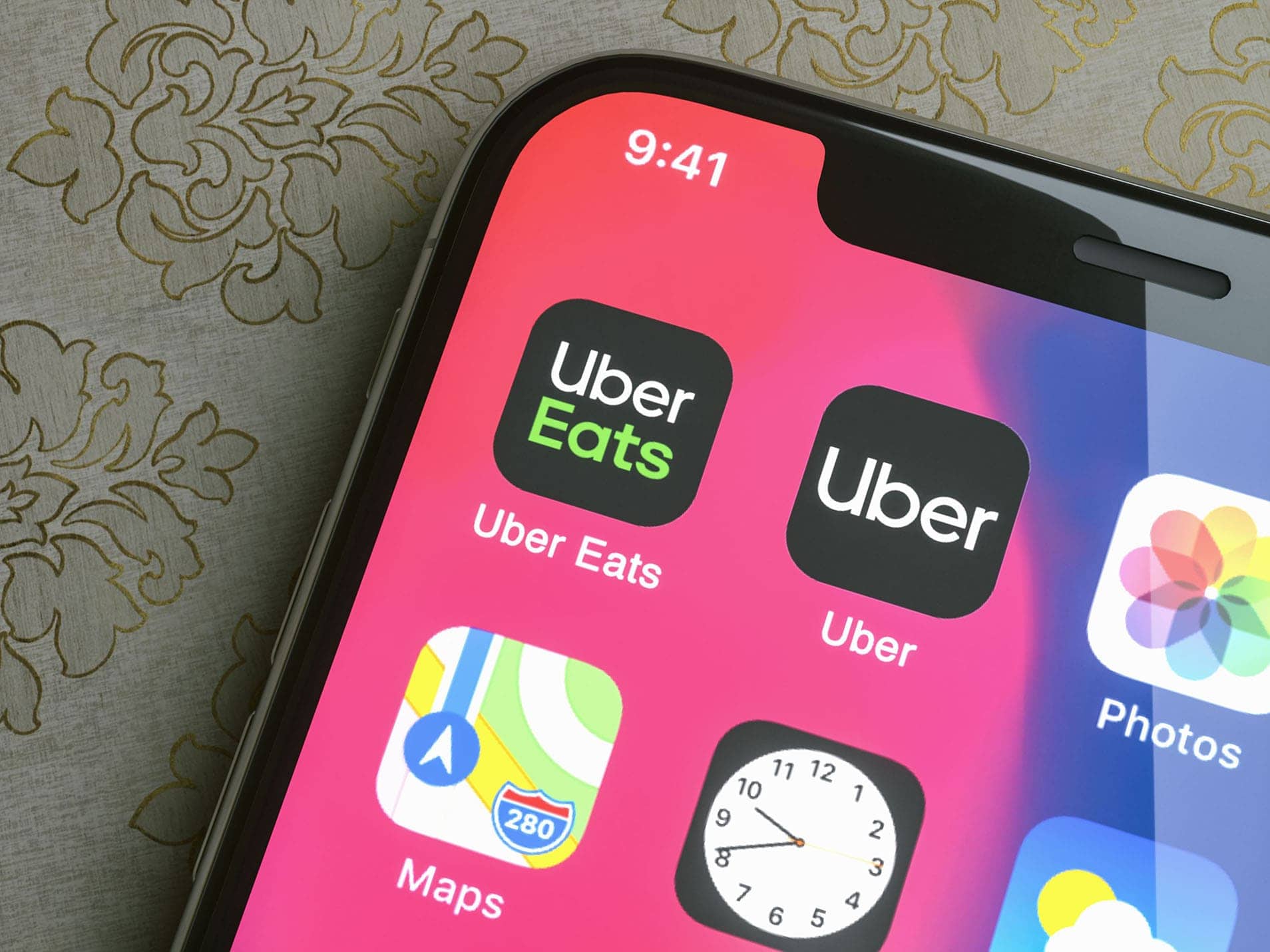
Innovative Takeaway Ideas
Junzi Restaurant in New York makes available a three-course meal, ingredients boxed up and delivered to you or contactless pick-up. Ok nothing new there, but then on Friday or Saturday night the Chef will live-stream via Instagram an introduction, and the plating instructions. Helps of course if the Chef is a flamboyant kind of person; but you see how it is another way to get your product out there and to continue to engage with your people.
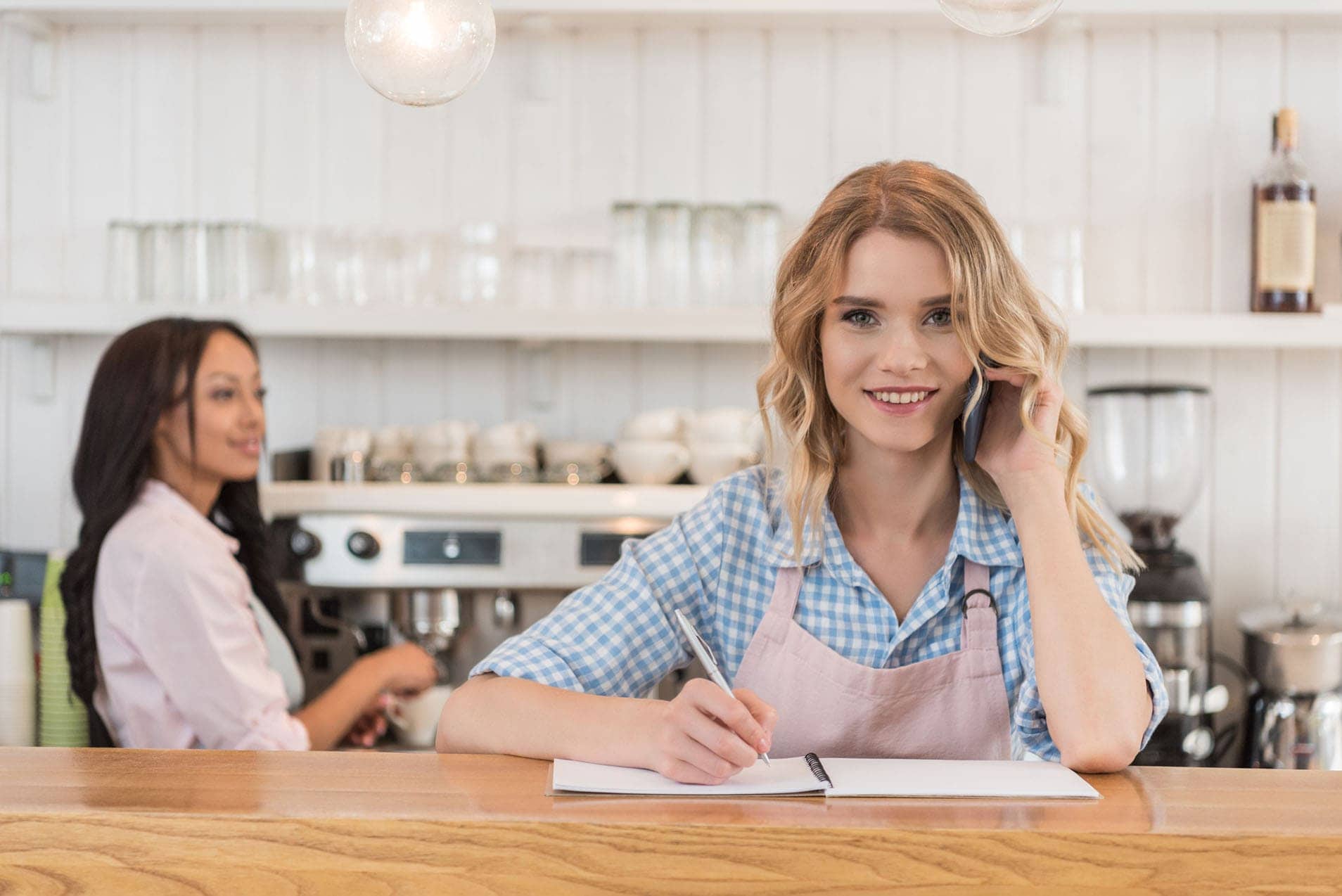
The Post-COVID Restaurant Design
For this to happen, what has previously been the sole territory of diners in the restaurant is a space that can now be best described as a ‘delivery command centre.’ Once busy tables have made way for scooter riders to come in and pick up without interfering with the dining experience of other patrons. Ideally, a staff member is solely dedicated to taking phone orders, managing apps and emails and co-ordinating the orders as they leave the kitchen.



